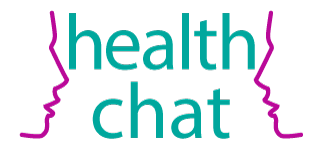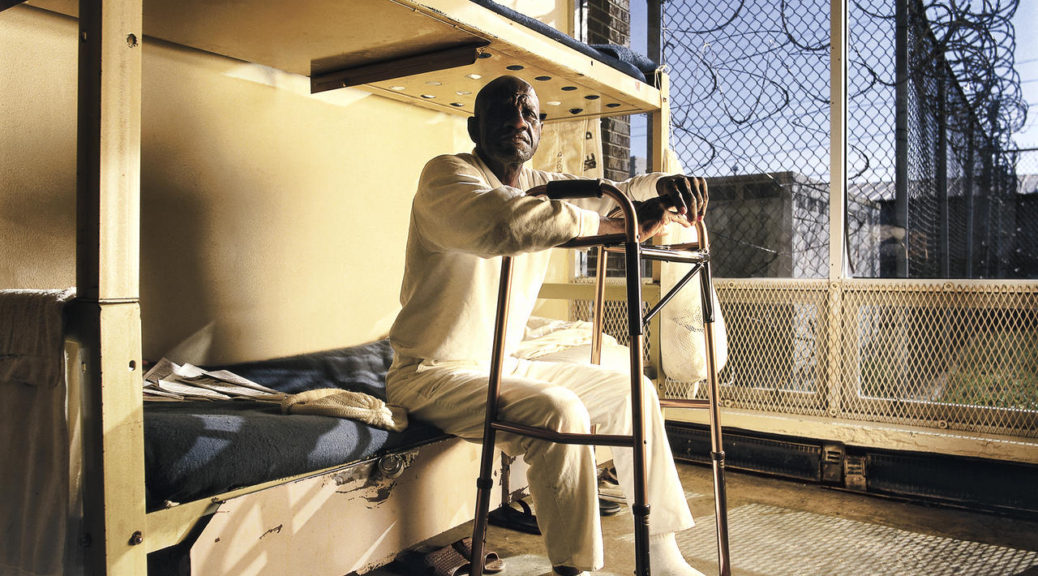iTRAC Pilot Study
A research team led by Dr. Christopher Houck from Lifespan and the Rhode Island Hospital has published a paper in the Journal of Developmental & Behavioral Pediatrics on the feasibility and acceptability of an initial digital iTRAC (Talking About Risk and Adolescent Choices) intervention. Collaborators included colleagues from the Rhode Island Hospital, the University of Oregon, Brown University, Penn State University, and Klein Buendel. iTRAC is a tablet-based intervention to promote emotion regulation skills among middle schoolers as a strategy for reducing risky behavior.
For the pilot study, adolescents aged 12–14 years were recruited from three urban schools for advisory groups (n=15), acceptability testing (n=11), and pilot testing (n=85). Youth advisory boards and expert panels tailored content, resulting in an animated intervention of instructional videos, games, and activities designed to teach emotion regulation strategies to young adolescents. Eighty-five adolescents were randomized to the 4-module digital iTRAC intervention or a wait-list control group. Adolescents and one parent completed baseline and 3-month follow-up questionnaires examining emotion regulation attitudes and behaviors. The adolescent participants also completed behavioral tasks related to distress tolerance.
Eighty-eight percent of those randomized to iTRAC completed all modules. Moderate effect sizes were found from baseline to follow-up on adolescents’ beliefs in the controllability of emotions, awareness of emotions, self-efficacy for managing emotions, perceived access to emotion regulation strategies, and use of emotion regulation strategies. Parent measures of adolescent regulation showed mixed results.
A tablet-based intervention to enhance emotion skills for youth in early adolescence was deemed feasible and demonstrated promising indicators of impact on emotional competence. Increasing adolescents’ awareness of and access to emotion regulation strategies may reduce decisions driven by transient emotions, which in turn may reduce engagement in risky behavior and resultant negative health outcomes. The authors conclude that the brief iTRAC intervention may be used to increase emotional competency among middle schoolers.
Dr. Valerie Myers and Ms. Tiffany Jerrod, both formerly from Klein Buendel, were co-authors on this publication. Research on the full production and evaluation of iTRAC is continuing with an STTR Fast Track grant to Klein Buendel from the Eunice Kennedy Shriver National Institute of Child Health and Human Development (Dr. Christopher Houck, Principal Investigator from Lifespan; HD110333). Collaborators on the current study include Dr. Wendy Hadley from the University of Oregon; Dr. David Barker from Rhode Island Hospital; and Ms. Julia Berteletti from Klein Buendel. The iTRAC modules will be programmed by Klein Buendel’s Creative Team.










